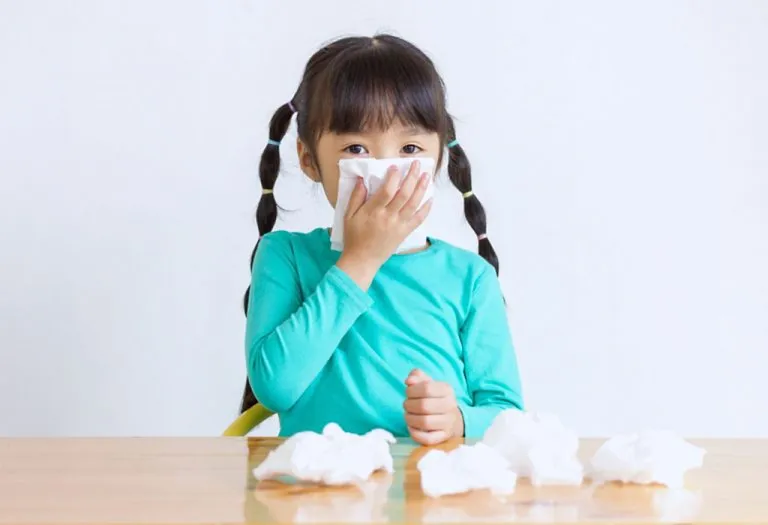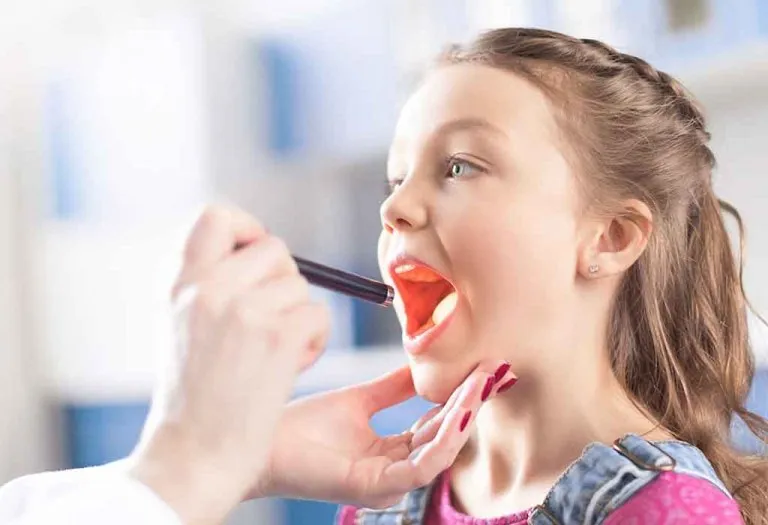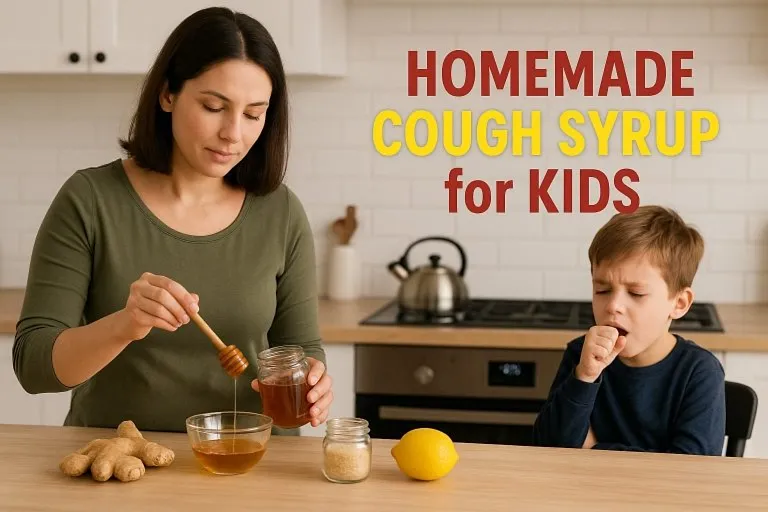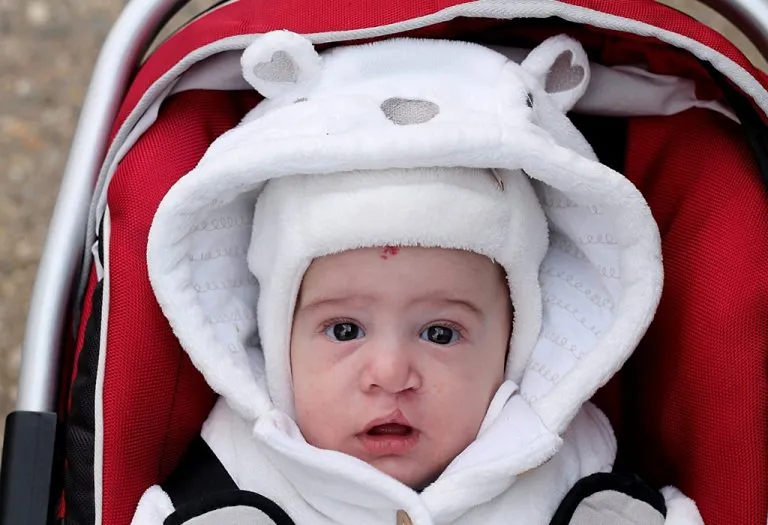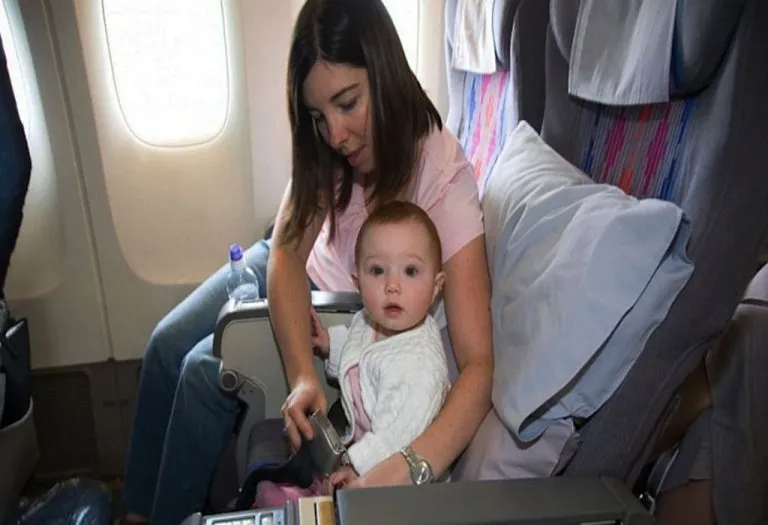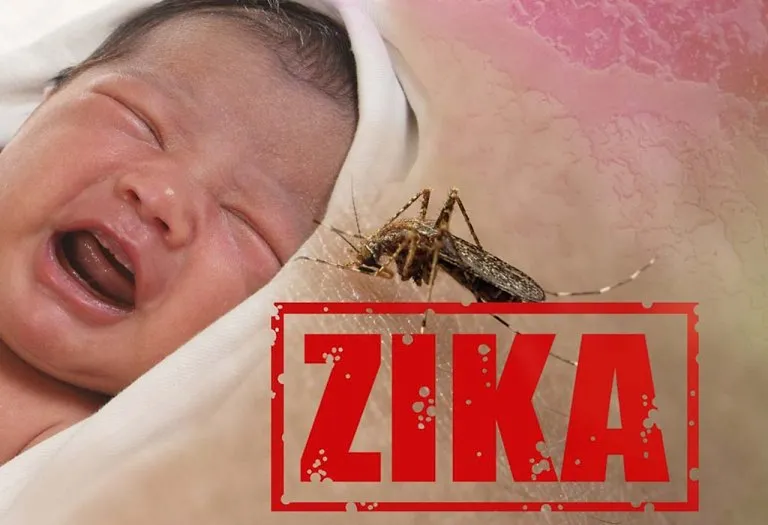Sinusitis (Sinus Infection) in Kids: Causes, Symptoms, & Treatment

- What Are Sinuses?
- What Is Sinusitis?
- Causes of Sinusitis in Kids
- Signs & Symptoms of Sinus Infection in Kids
- Diagnosis of Sinusitis in Kids
- Treatment of Sinusitis in Kids
- Home Remedies for Sinusitis in a Child
- Can Sinusitis Be Prevented in Kids?
- FAQs
Parents often wonder, ‘When do sinuses develop in kids? A child’s sinuses do not fully develop until he reaches his teenage years, although two tiny sinuses—the maxillary and ethmoid—are present at birth. Unlike in adults, diagnosing sinus infection in kids can be challenging because symptoms often overlap with other conditions. Additionally, young kids may struggle to communicate their discomfort clearly, making it harder for parents and doctors to identify the issue. Sinusitis in children requires careful observation and proper medical evaluation to ensure accurate diagnosis and effective treatment. Recognizing the signs early and seeking prompt medical attention can help prevent complications and provide relief. Here’s a detailed look at sinusitis in kids and how it can be diagnosed and treated promptly.
What Are Sinuses?
The air-filled passages or cavities near the nasal tracks are known as sinuses. The four types of sinuses found in children are as follows (1):
1. Ethmoid Sinus
This sinus is present at the time of birth and grows until the child becomes an adult. The ethmoid sinus is situated in the facial area near the bridge of the nose.
2. Maxillary Sinus
This sinus is placed near the cheeks, inside the face. It is present at birth and continuously grows.
3. Frontal Sinus
This sinus does not develop until the child is 7 years old and is located in the forehead area.
4. Sphenoid Sinus
This sinus is placed deep in the face, just behind the nose. The sphenoid sinus does not develop until the child reaches adolescence.
What Is Sinusitis?
The infected condition of sinuses near the nose or forehead is known as sinusitis. Sinusitis generally occurs if your child has an allergic inflammation or a severe cold. In children, it is referred to as paediatric sinusitis. Sinus infection in kids is a common problem in young children.
Types of Sinusitis
Sinusitis is categorised based on the duration of infection (2).
1. Acute Sinusitis
This type of sinusitis lasts for 7-10 days, and the child will get better when administered the right treatment for it.
2. Subacute Sinusitis
The symptoms of subacute sinusitis can be seen for four to eight weeks. Treatment does not show any improvement initially and needs a sustained approach before the person shows any changes.
3. Chronic Sinusitis
Chronic infections affect a child when he or she has acute sinusitis regularly or if the earlier infections were not treated in a professional manner. The symptoms of chronic sinusitis in children last for six to eight weeks or even longer. It can be identified by post-nasal drainage and extreme congestion in the nasal passage.
5. Recurrent
When your child is affected by three or more bouts of acute sinusitis, it is known as recurrent sinusitis.
Causes of Sinusitis in Kids
Common cold or Upper Respiratory Infection (URI) can cause sinus problems in children. During URI, the nasal passages are swollen, which blocks the paranasal sinus opening, and this leads to a sinus infection. Sinusitis happens due to allergies, too because during this time, mucus production is heightened, and the nasal tissue is infected and swollen (3).
The following too can lead to sinusitis in children:
- Deformities in the nose structure
- Tooth infections
- Trauma to the nose
- Bloated adenoids
- Passive smoking (inhaling second-hand smoke)
- Cleft palate
- Swimming or diving
Signs & Symptoms of Sinus Infection in Kids
Your child’s age is the primary criteria for symptoms of sinusitis. But these symptoms may vary from one child to another. These symptoms include the following (4):
Young Children:
- Swelling around the eyes
- A runny nose for 7 to 10 days
- Nasal discharge that can be clear, yellow or greenish
- Cough at night
- An occasional cough during the day
- Headaches for kids over age five
Teenagers and Adults:
- Fever
- A sore throat
- Headaches
- Drip from the nose to the throat
- A runny nose
- Cold symptoms for over a week
- Bad breath
- Facial discomfort
- A cough
- Swelling near eyes that is worse in the morning

Sinus headache in a child is generally found to be migraine-related as it causes pain in the face front and causes immense pressure under the eyes. If nausea or vomiting is missing, consult your child’s paediatrician to be sure about the diagnosis.
Diagnosis of Sinusitis in Kids
Based on a preliminary physical examination and the symptoms your child shows, your child’s doctor will be able to diagnose sinusitis. Occasionally, some additional tests may also be required to confirm the doctor’s diagnosis. These include the following (5):
- CT or CAT Scan: Known as Computed Tomography, this scan is actually a diagnostic imaging procedure which makes the combined use of X-rays and computer technology to create axial images (slice-like images) of the body. Such a scan is far more detailed than X-rays and allows the doctor to view bones, fat, organs and muscles in a clearer manner.
- Sinus X-Rays: This is a diagnostic test that utilises electromagnetic energy beams to create photographic images of bones, tissues and organs on film. This is mostly done to help in the diagnosis and confirm the condition.
- Sinus Culture: These are lab tests that consist of bacteria or microorganism growth in order to help confirm the diagnosis.
Treatment of Sinusitis in Kids
In order to reduce sinus pain in children, your child’s physician will arrive at a specific line of treatment after analysing the following points:
- Age, medical history and current health of your child
- Type and severity of the infection
- Your kid’s preference towards therapy, medication or medical procedures
- Your own preference or opinion about a certain line of treatment
Sinusitis treatment for children includes the following (6):
- Antibiotics that have to be taken for two weeks
- Painkillers like Acetaminophen to ease discomfort
- Nasal spray to stop inflammation
- Endoscopic sinus surgery
- Adenoid-removal surgery
- Medications for GERD (Gastroesophageal reflux disease)
Home Remedies for Sinusitis in a Child
There are plenty of home remedies that can provide your child with relief. These include (7):
1. Humidifier
When sinusitis is on the ascendancy, consider installing a humidifier in your baby’s bedroom. Your tiny tot will be able to breathe easier. Relaxed breathing aids to create a better sleep pattern which gives the baby much needed rest to fight off infection.
2. Saline Nasal Spray
A saline nasal spray is helpful in thinning out mucus and opening the nasal passage. Your baby may resist it initially, but it will be worth the effort as the mucus softens and can be easily removed. Use the spray when the baby is in an upright position at least a couple of times a day or as directed.

3. Steam
In order to ease the congestion, steam is a pretty useful ally. The sinus passages are soothed while the mucus is softened to a large extent. Run the shower in the bathroom and let steam accumulate until the baby feels comfortable. Add a few drops of eucalyptus oil to the baby’s tub to tackle stubborn congestion.
4. Tea Tree Oil
If your little one is unable to rest due to stubborn sinusitis, try out a slightly aggressive home-based treatment. Mix one drop of tea tree oil with coconut or almond oil and apply this on the baby’s nostrils using a cotton swab. The anti-fungal and anti-bacterial properties of tea tree oil help your little one to fight the infection and prove to be an effective sinus medicine for kids.
5. Hydration
Feed your child water and fresh juices through the day to keep his body hydrated. This will help loosen mucus and clear the sinuses in the most natural way possible.
6. Warm Washcloth
Dip a clean washcloth or a soft hand towel in a bowl of hot water. Ensure the towel is warm and not hot when you apply it on your child’s face. Applying this encourages mucus draining and keeps the discomfort to a minimum level.
Can Sinusitis Be Prevented in Kids?
Sinusitis can be prevented with these simple tips (8):
- Ensure your child’s immunisations are updated, and he/she doesn’t miss any.
- Keep pets out of his bed and if possible, the bedroom, too.
- Avoid smoking when the child is around.
- Use a HEPA filter to address dust issues if your home is plagued by it.
- Wash rugs and bed sheets regularly to keep dust mites at bay.
FAQs
1. Can teething cause sinus-like symptoms in toddlers?
While teething can lead to mild congestion and irritability, it doesn’t directly cause sinusitis. However, excessive drooling and nasal drainage may mimic cold-like symptoms, sometimes confusing parents. True sinusitis involves prolonged symptoms (e.g., 10+ days of thick nasal discharge).
2. Why does my child’s sinusitis keep recurring after swimming?
Chlorinated pool water or bacteria in untreated water (e.g., lakes) can irritate nasal passages, triggering inflammation or infection. Kids with allergies or weak immune systems are more prone to this. Using nose clips or saline rinses post-swim may help.
3. Can a child’s sinusitis affect their hearing?
Indirectly, yes. Chronic sinusitis can cause Eustachian tube dysfunction (connecting the throat to the ear), leading to fluid buildup and temporary hearing loss or ear infections. An ENT specialist should assess recurring ear and sinus problems.
This was all about sinus infection in children. While dealing with sinusitis in children, it is important to relieve them of their suffering by attacking the source of infection. Remember, a newborn and his systems are sensitive and will take time to adjust to the world around them. Make sure you consult your doctor if your baby’s symptoms persist for more than two weeks.
References/Resources:
1. National Library of Medicine – Anatomy, Head and Neck, Nose Sinuses
2. Stanford Medicine – Sinusitis in Children
3. Johns Hopkins Medicine – Sinusitis in Children
4. University of Rochester Medical Center – Sinusitis in Children
5. Children’s Hospital Colorado – Sinusitis in Children
6. American College of Allergy, Asthma & Immunology – Sinus Infection
Also Read:
Viral Infection in Kids
Chest Infection in Children
How to Clean Your Baby’s Nose
Blood Infection or Sepsis in Kids
Was This Article Helpful?
Parenting is a huge responsibility, for you as a caregiver, but also for us as a parenting content platform. We understand that and take our responsibility of creating credible content seriously. FirstCry Parenting articles are written and published only after extensive research using factually sound references to deliver quality content that is accurate, validated by experts, and completely reliable. To understand how we go about creating content that is credible, read our editorial policy here.







